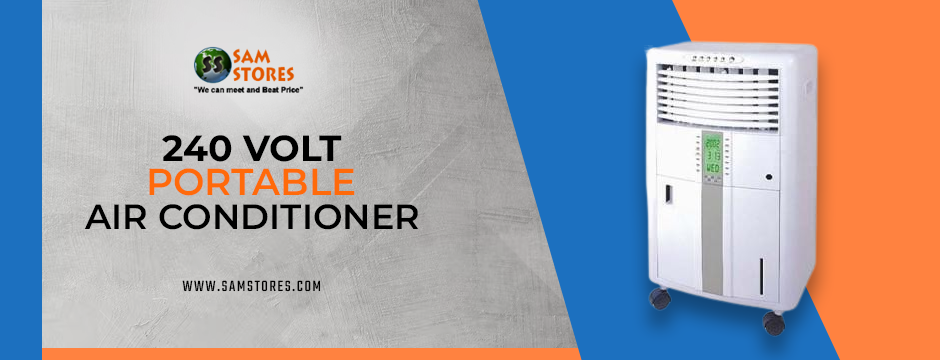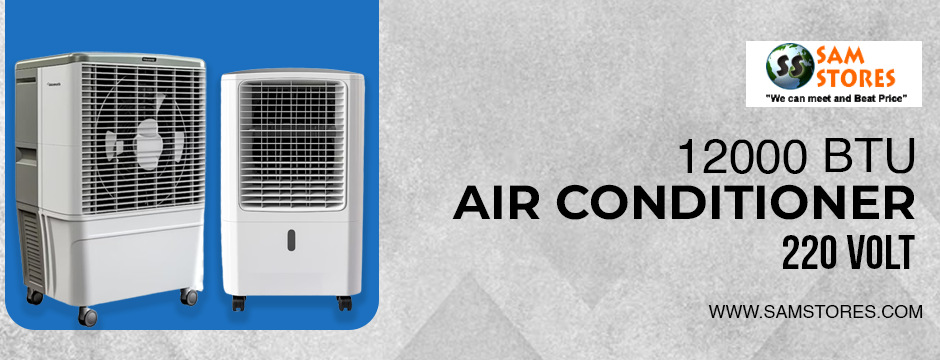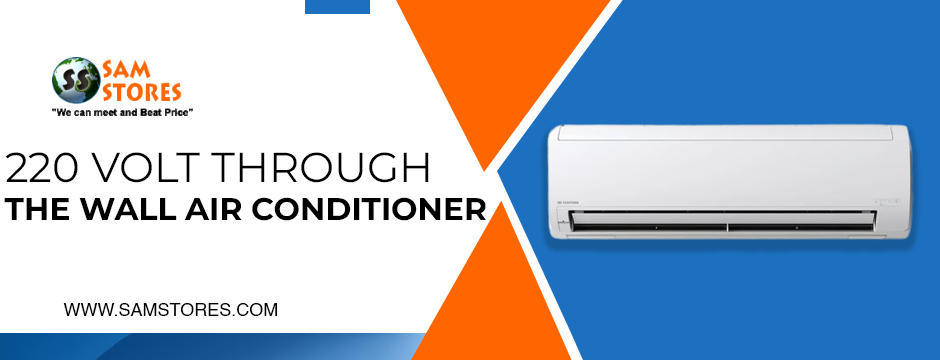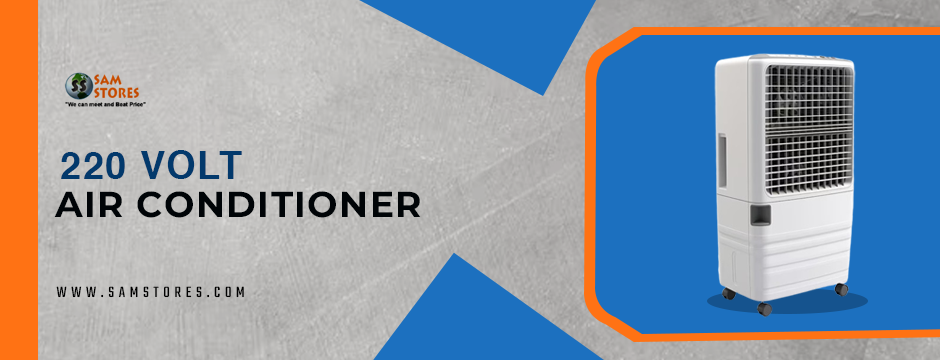In the blistering heat of summer, maintaining a comfortable temperature is paramount, whether you’re nestled at home or traversing the open road. Portable air conditioners have emerged as indispensable solutions, offering swift reprieve from oppressive temperatures while catering to the dynamic lifestyles of users. In this article, we delve into the multifaceted convenience of 240-volt portable air conditioners, illuminating their myriad benefits for both domestic and nomadic settings.
The Versatility of 240 Volt Portable Air Conditioners:
240-volt portable air conditioners epitomize adaptability, serving as versatile cooling companions adaptable to an array of environments. Whether your aim is to temper a singular room in your abode, cool a cozy apartment, or regulate the climate within the confines of an RV or camper van, these nimble units excel in furnishing comfort wherever it’s needed most. Their diminutive stature and featherweight design render them effortlessly transportable, facilitating seamless transitions from one room to another or accompanying you on your travels, ensuring that the sweltering summer heat never impedes your comfort, regardless of your whereabouts.
These portable cooling champions not only excel in providing immediate relief but also boast intuitive features that enhance user experience. From adjustable temperature settings to programmable timers, they offer customizable cooling solutions tailored to individual preferences and needs. Whether you’re seeking a consistent cool breeze throughout the day or an energy-efficient mode that adapts to your schedule, portable air conditioners empower you to curate the optimal indoor climate with consummate ease.
Convenience for Home Use:
One of the most compelling advantages of 240-volt portable air conditioners lies in their unparalleled convenience for home use. In stark contrast to cumbersome traditional window units or the complexity of central air conditioning systems, portable air conditioners offer a hassle-free setup process that can be accomplished in mere minutes. Gone are the days of intricate installations and laborious adjustments; simply plug the unit into a standard electrical outlet, position the exhaust hose to vent hot air out of a nearby window or door, and revel in immediate cooling relief. This seamless installation makes portable air conditioners an ideal solution for renters or homeowners who lack the option or desire to invest in permanent cooling systems.
Moreover, 240-volt portable air conditioners boast an array of customizable features that cater to individual preferences and comfort needs. From programmable settings to adjustable thermostat controls, these units empower users to tailor their cooling experience with precision. Whether you crave a consistent cool temperature throughout the day or favor an energy-efficient approach that adapts to your schedule, portable air conditioners afford the flexibility to craft the perfect indoor climate to suit your lifestyle.
Convenience for Travel:
Beyond the confines of home, the convenience of 240-volt portable air conditioners extends seamlessly to travel scenarios. Whether embarking on a cross-country road trip, camping escapade, or settling into a hotel or rental property lacking central air conditioning, portable units offer a portable cooling solution that ensures comfort on the go. Many models are ingeniously designed to operate on both AC power and DC power, enabling users to power them using a standard electrical outlet or even their vehicle’s cigarette lighter socket.
Furthermore, the compact designs and built-in handles or wheels of portable air conditioners make them effortlessly transportable, ideal for accompanying you on camping excursions, beach getaways, or visits with friends and family. Some models even boast additional features such as built-in dehumidifiers or air purifiers, elevating comfort levels and enhancing overall convenience wherever your travels may take you.
Conclusion:
The allure of 240-volt portable air conditioners lies in their unmatched convenience, catering seamlessly to both home use and travel needs. Their compact dimensions, straightforward installation process, and adaptable cooling settings converge to deliver immediate respite from the sweltering heat, regardless of your location. Whether you’re seeking sanctuary from the scorching temperatures within the confines of your home, embarking on a journey down the open road, or seeking solace amidst the great outdoors, portable air conditioners stand as steadfast allies in the battle against summer’s relentless heatwaves.
Their versatility knows no bounds, offering a portable and adaptable cooling solution that can be tailored to suit your lifestyle and preferences with ease. With the flick of a switch, these portable units transform any space into an oasis of comfort, ensuring that you remain cool, calm, and collected throughout the dog days of summer.
So whether you find yourself seeking refuge from the sun’s unforgiving rays within the comfort of your own four walls, or venturing forth into the world in search of adventure, rest assured that portable air conditioners have your back. With their unparalleled convenience and versatile cooling capabilities, they emerge as indispensable companions, ensuring that you can beat the heat and stay comfortable all summer long, wherever your journey may take you.



